How to set the speed limit of Shengmilo electric bike to 25KM/H?
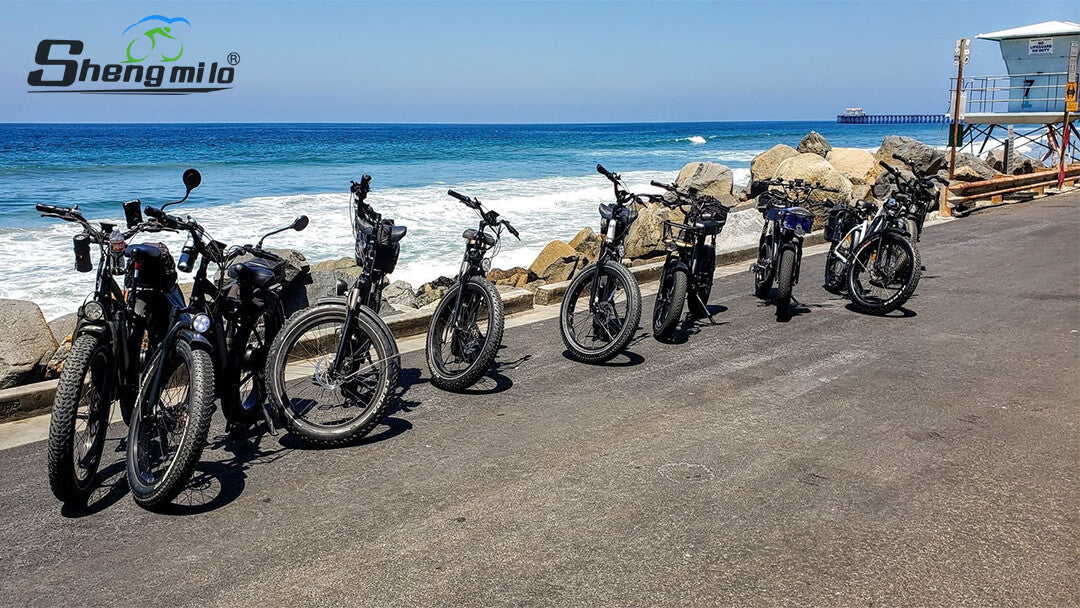
The following YOUTUBE video will guide you how to set up Shengmilo MX01/MX02S/MX03/M90 with M5 display how to set speed limit
With the popularity of e-bikes worldwide, all European cycling enthusiasts should be aware of European e-bike laws!
E-bikes offer a solution to two of the biggest problems facing humanity today: rapid urbanization and climate change. Electric bikes can not only help you save money on gas and solve traffic congestion, but they are also very environmentally friendly.
Different countries have different laws regarding the use of electric bicycles. While some places are very relaxed and welcoming, others have strict requirements. One such example is the European Union.
If you want to learn more about the law on electric bikes in Europe, here is your ultimate guide!
The European Definition of "E-Bike"
Not only do different regions of the world have distinct e-bike rules, but they also have different definitions of what constitutes an e-bike. The following requirements for an EPAC (Electrically Pedal Assisted Cycle) must be met, according European Union Directive 2002/24EC:
Have an auxiliary motor with no more than 250 watts of continuous power.
As soon as the cyclist reaches a speed of 25 km/h or stops pedaling, the motor's assistance is gradually turned off.
national requirements for countries in Europe
Here is how the e-bike legislation in several European nations is structured.

- E-bike Laws in Belgium
E-bikes are covered by two laws in Belgium. Three further subclasses of the general word "electric bike" are defined by these statutes. They are listed below.
- As long as the peak speed is 25 km/h and the maximum rated power is 250 watts, e-bike riders of all ages are permitted to ride without a helmet. The term "e-bikes" is used to describe this group.
- As long as they possess a conformity certificate, citizens who are 16 years of age or older may ride "powered bikes" with 1000 watts of power and a top speed of 25 km/h. Helmet is not mandatory.
- E-bikes with a top speed of 45 km/h and a maximum power output of 4000 watts are known as "speed pedelecs." The same standards apply because they are categorized as mopeds.
2. Danske El-cykellove
Brugen af speedpedalcykler på cykelstier har fået officiel godkendelse fra Folketinget. En e-cykel med en topassisteret hastighed på 45 km/t er en speed-pedelec.
Superbike-ryttere behøver kun at bære hjelm og skal være fyldt 15 år fra juli 2018. Desuden er der ikke længere krav til kørekort og nummerplader.
3. Sähköpyörälainsäädäntö Suomessa
Suomen lainsäädäntö säätelee sähköpyörien käyttöä rajoittamalla huippunopeuden 25 km/h ja moottorin tehon 250 wattiin.
Lisäksi moottori ei saa korvata polkemista, vaan sen pitäisi vain auttaa ratsastajaa polkemisessa. Lisäksi on olemassa vakuutuslakeja moottoreille, joiden teho on 250–1000 wattia.
EU-asetus luokittelee tällaiset suuritehoiset pyörät L1e-A-moottoripyöriksi. Myös näiden tulee pysyä alle 25 km/h nopeuden ja vaatia yleisillä teillä käyttöä varten vakuutuksen.
Lisäksi L1e-A-luokan sähköpyörät voivat auttaa ajajaa ilman, että heidän tarvitsee polkea. Jos omistat 250 W:n sähköpyörän, joka avustaa polkematta, se luokitellaan L1e-A-ajoneuvoksi.
4. E-velosipēdu likumi Latvijā
Latvija ir ārkārtīgi pielaidīga ar saviem e-velosipēdu likumiem. Nav nekādu būtisku prasību, izņemot to, ka e-velosipēda jauda nedrīkst pārsniegt 250 W.
Latvijas Ceļu satiksmes likums definē e-velosipēdu kā cilvēka vadītu transportlīdzekli, kuram palīdz elektromotors.
5. Elcykellagar i Sverige
I likhet med andra e-cykellagar i Europa, tillämpar Sverige vanliga cykellagar på elcyklar så länge den nominella motoreffekten inte är mer än 250 W och motorn inte stödjer föraren efter att ha nått en hastighet på 25 km/h.
Alla dessa krav finns beskrivna i den svenska fordonsförordningen.
6. E-bike UK legislation
The legislation governing e-bikes in the United Kingdom are similar to those in other countries in Europe. 250 watts of electricity and a top speed of 25 km/h are requirements.
The maximum bike weight should also not be greater than 30 kg. Furthermore, in order to ride an e-bike lawfully, you must be older than 14 years old.
7. E-Bike Gesetze in Deutschland
Deutschland hat im Laufe der Jahre mehrere Schritte in Richtung Elektromobilität unternommen.
E-Bikes fallen in die Kategorie der Personal Light Electric Vehicles. Diese sind auf eine Höchstgeschwindigkeit von 20 km/h beschränkt, mit Helm darf man aber auch schneller fahren.
Versicherung und Nummernschilder sind erforderlich. Die maximale Motorleistung beträgt bei E-Bikes 500 Watt. Außerdem sollen E-Bike-Fahrer Radwege benutzen, sofern keine vorhanden sind, und in diesem Fall auf Straßen fahren dürfen.
8. Lois sur le vélo électrique en France
La France fixe la vitesse maximale légale assistée d'un vélo électrique à 25 km/h. Il existe également une autre catégorie spéciale de vélos électriques, appelés speed pedelecs, qui peuvent aller jusqu'à 45 km/h.
Dans l'ensemble, les aspects techniques juridiques de la possession et de l'utilisation d'un vélo électrique en France peuvent être assez écrasants. Vous devez également présenter votre quitus fiscal et vous assurer que le fabricant du vélo électrique est en Europe.
9. Leggi sulle e-bike in Italia
L'Italia consente alle e-bike di avere una velocità massima di 25 km/h sulle strade principali, mentre devono rimanere al di sotto dei 6 km/h sui percorsi pedonali. La potenza massima consentita del motore è di 500 W.
Devi avere almeno 14 anni per guidare una e-bike e un casco è obbligatorio per i ciclisti di età compresa tra 14 e 18 anni. La licenza o l'assicurazione non sono obbligatorie.
10. Leyes de bicicletas eléctricas en España
La legislación española, como la mayoría de los otros países en esta lista, limita la velocidad máxima a 25 km/h y una potencia máxima del motor de 250 W. Los ciclistas no pueden operar sus bicicletas eléctricas en las aceras y serán multados si no lo hacen. re encontrado haciéndolo.
Además, debe tener un certificado de circulación que le proporciona el fabricante de su bicicleta eléctrica. Licencia o seguro no es obligatorio.
Finalmente, las autoridades fomentan el uso de cascos, aunque no es obligatorio. Lo mismo ocurre con el uso de un chaleco reflectante para protegerse en la carretera.
11. Ireland's e-bike laws
The usage of e-bikes in Ireland is not yet legally regulated by the government, but Eamon Ryan, the minister of transportation, has made statements.
There won't likely be any insurance or license requirements under the upcoming e-bike laws. However, the advised minimum age is 16, and those between the ages of 16 and 18 must wear helmets.
12. E-Bike Gesetze in Österreich
Die österreichische Gesetzgebung hat eine eigene Definition für Pedelecs, und die gleichen Gesetze gelten für E-Bikes, solange sie der Beschreibung entsprechen. Der Elektromotor muss den Fahrer bis zu einer Geschwindigkeit von 25 km/h unterstützen.
Helm und Versicherung sind nicht obligatorisch. Die meisten E-Bike-Gesetze in Europa sind also auch in Österreich gleich.
In addition, riding on sidewalks is entirely prohibited, and the top engine-assisted speed limit is 25 km/h. In other words, very soon a new legislative framework will be formed in Ireland expressly to control the use of e-bikes and e-scooters.

General European E-Bike Regulations
Here is a list of general guidelines for responsible e-bike riding after examining how e-bikes are handled in several European nations.
Stay on the right side of the road, ideally in a carriageway or, if one is there, a bike lane. Keeping to the left is required in the UK and Ireland. To announce your turns to other motorists, use hand signals. At all times, keep at least one hand on the handlebars. When available, use the cycle lanes. If not, your nation's laws must specify where you should ride in its place. Don't use your e-bike to tow or push any objects.
You are a pedestrian if you are riding your electric bike while on foot. This means that, if necessary, you may utilize the sidewalk.
As a result,
We attempted to cover all aspect of e-bike regulations in Europe in this guide, including what constitutes an e-bike, the many classes of e-bikes, various national criteria, and lastly some good conduct provisions.
I hope reading it was instructive for you! View our selection of e-bikes here.










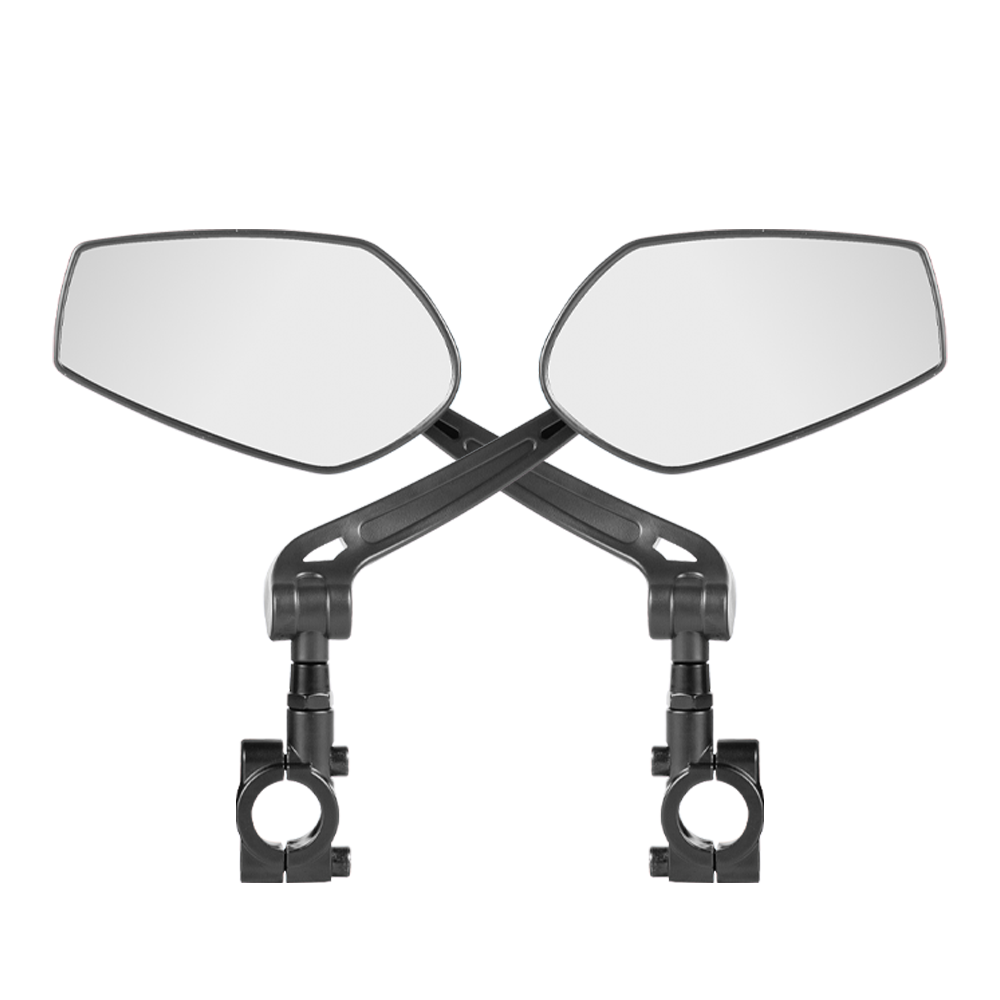


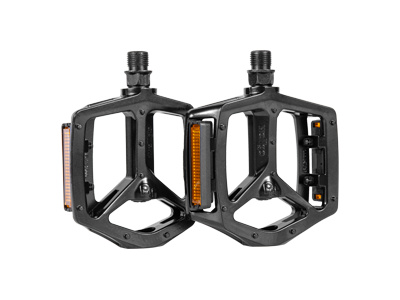
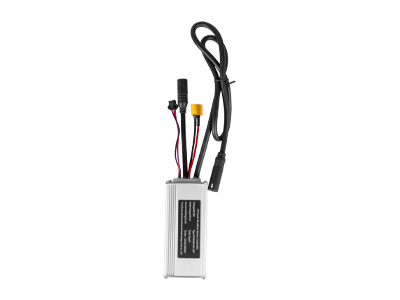







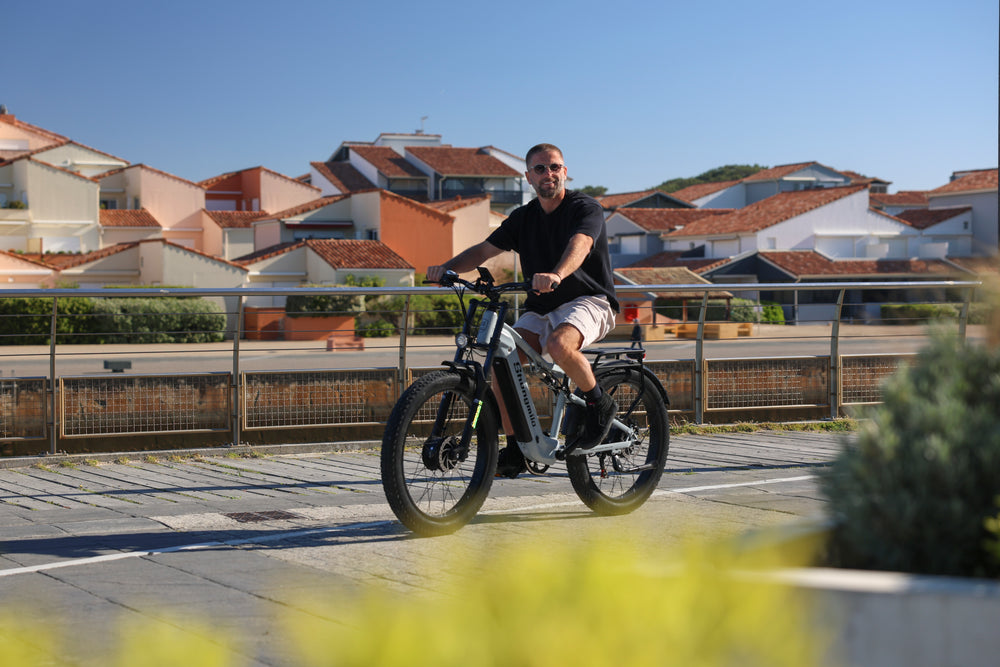
Leave a comment